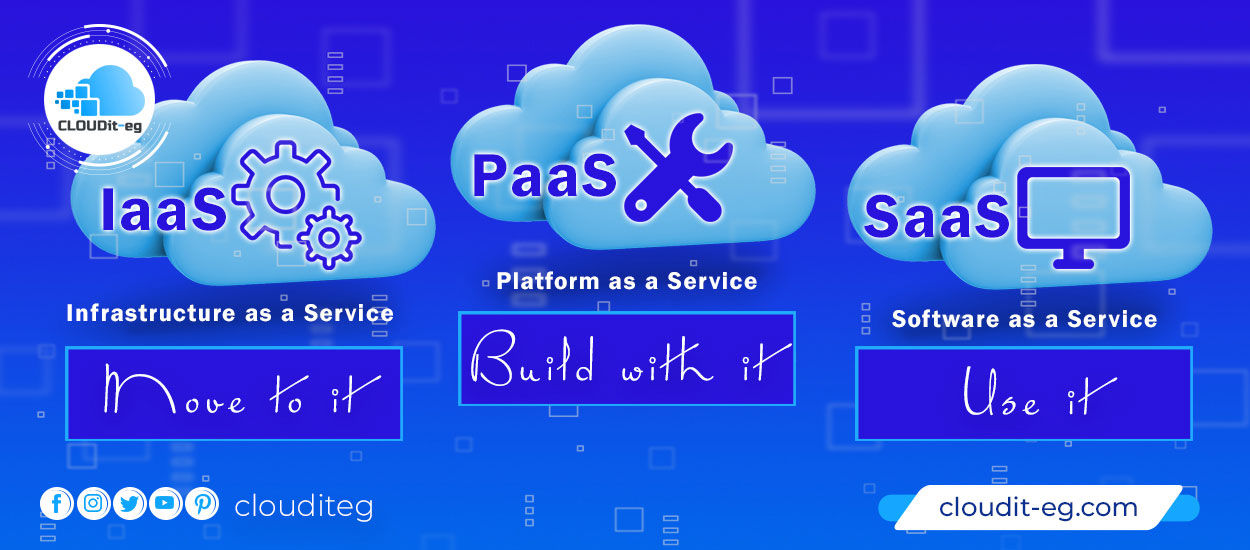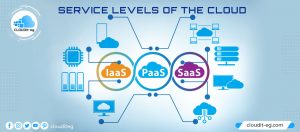SaaS, IaaS, PaaS what are the differences? These are terms that come up frequently in the IT and cloud computing industry in recent years, but do you really differentiate between these three acronyms? Let’s try to see it a little more clearly.
CHOOSE SAAS: SOFTWARE OUTSOURCING
The SaaS (software as a service) is a cloud computing model in which the client uses a remote enterprise software solution publisher-hosted for a monthly subscription.
It can be a CRM-type solution, a payroll management tool, an ERP (management software package), an office suite in cloud mode such as Microsoft Office 365, software business management, or a videoconferencing or cloud-based telephony solution.
COMPARED TO CLASSIC SOFTWARE:
- The software in Saas mode is not installed on your physical machine but accessible via the Internet
- Accessible on several media (desktop, laptop, smartphone, tablet)
- Does not require a “manual” update from the user, the editor ensures updates and security corrections
THE BENEFITS FOR YOUR BUSINESS ARE NUMEROUS, PARTICULARLY IN TERMS OF:
- Cost: you only pay a monthly subscription, no license purchase, no maintenance fees
- Mobility: as long as you have an Internet connection, you can connect to your software in Saas mode, you access the solution wherever you are
- Flexibility: need to add or delete a user, a few clicks and you’re done
- Efficiency: you remain operational in all circumstances
CHOOSING IAAS: OUTSOURCING OF MATERIAL INFRASTRUCTURE
The IaaS cloud (Infrastructure as a service) is a cloud computing model in which the cloud host provides its users with the outsourced IT infrastructure they need.
Other essential resources are also provided, such as servers, bandwidth, and data storage, however, the client company remains responsible for updates to the solution.
In summary, you no longer need to invest in the equipment necessary for the operation of your infrastructure. You just rent your servers from a service provider.
THERE ARE MANY ADVANTAGES COMPARED TO ON-SITE HOSTING:
- Lower infrastructure costs
- Space-saving
- Quick set-up
- Maintenance
You still have full control over the type of server you want to install, and the OS (operating systems) you want to use.
PAAS: OUTSOURCING OF INFRASTRUCTURE, MIDDLEWARES APPLICATIONS
The PaaS (Platform as a Service) has basic services but IaaS offers sized support.
The cloud provider provides client companies with the entire execution architecture: servers, storage, RAM, bandwidth, but also all middleware applications such as the operating system (Windows, Linux, etc. ), database engines (Oracle Database, Microsoft SQL Server, MySQL…) and the webserver.




